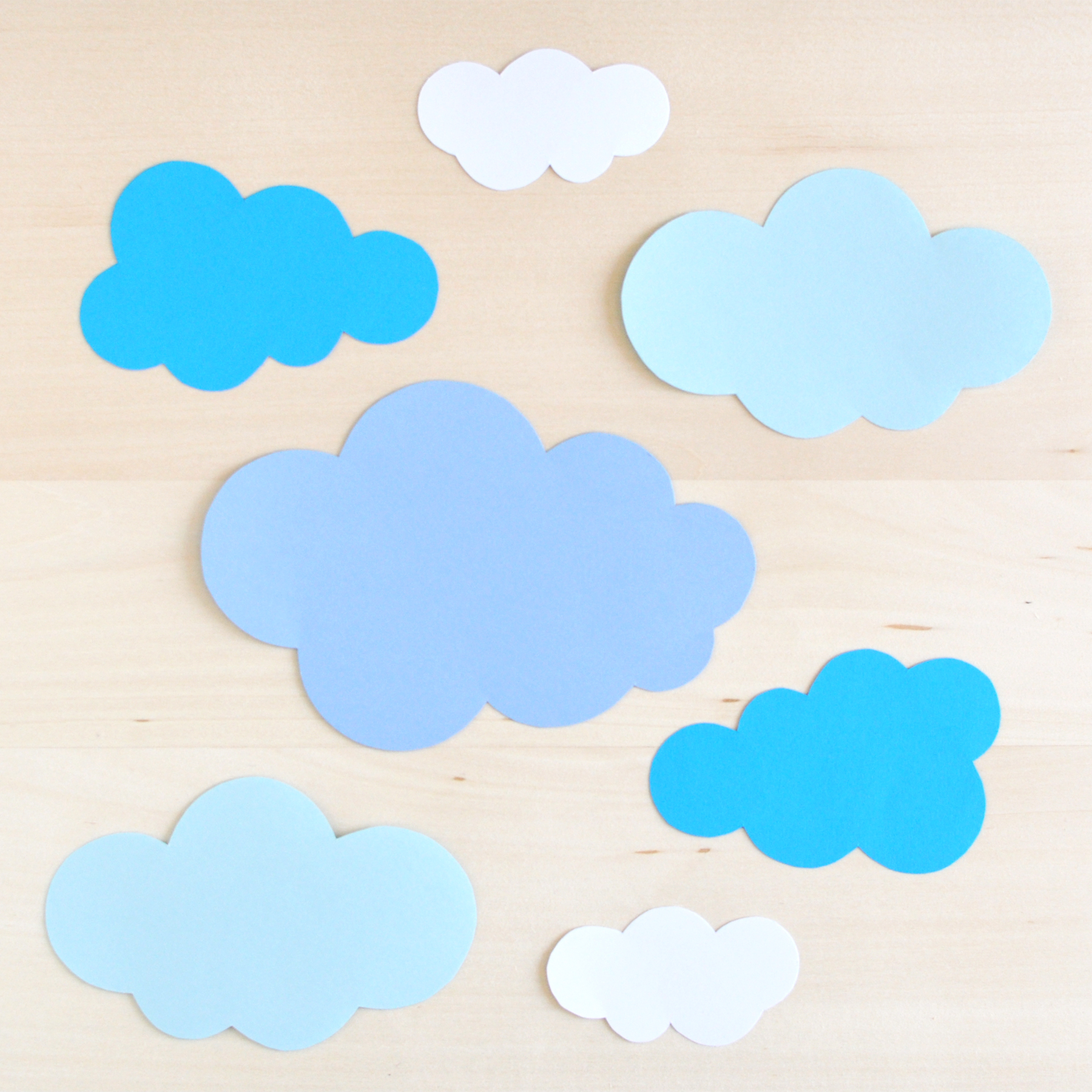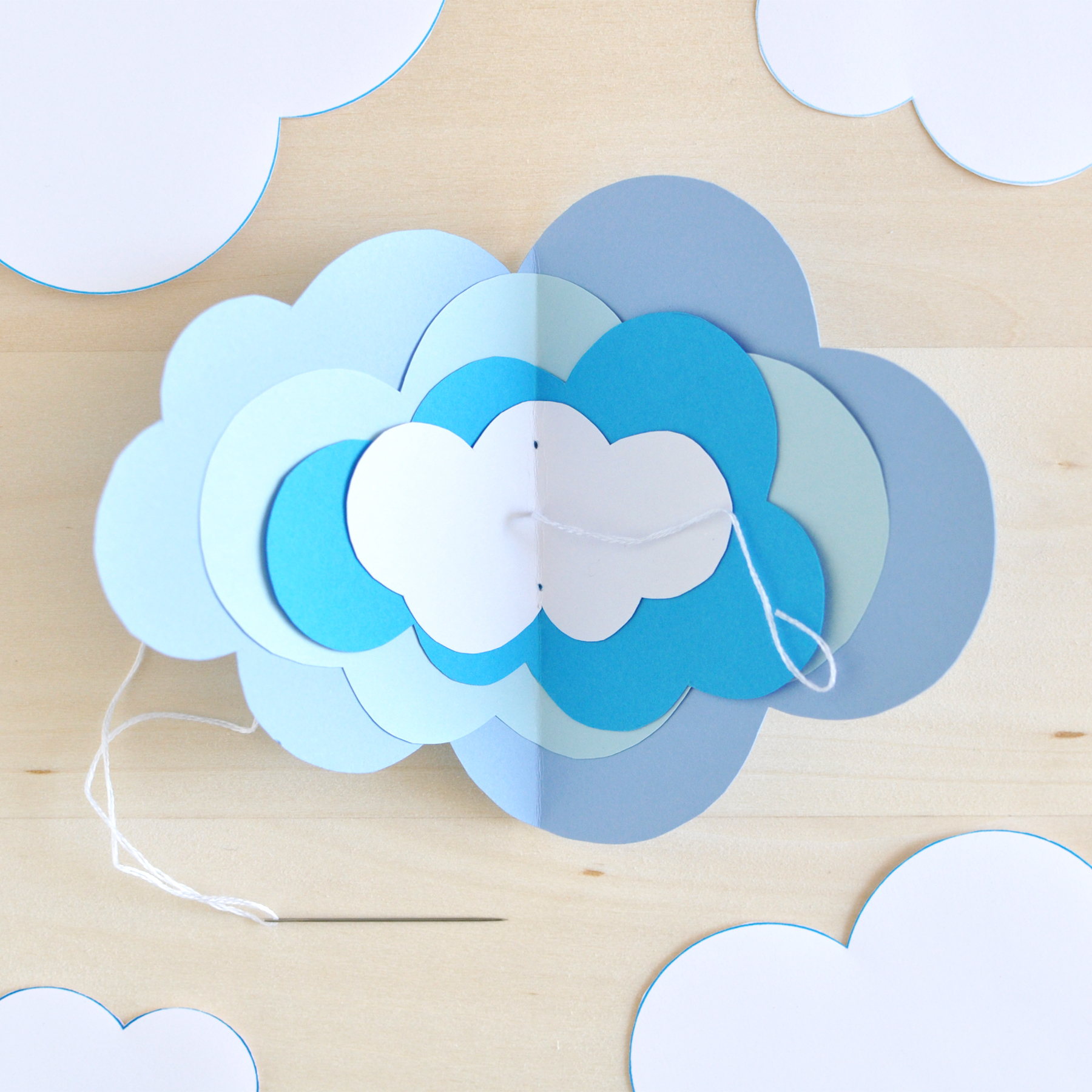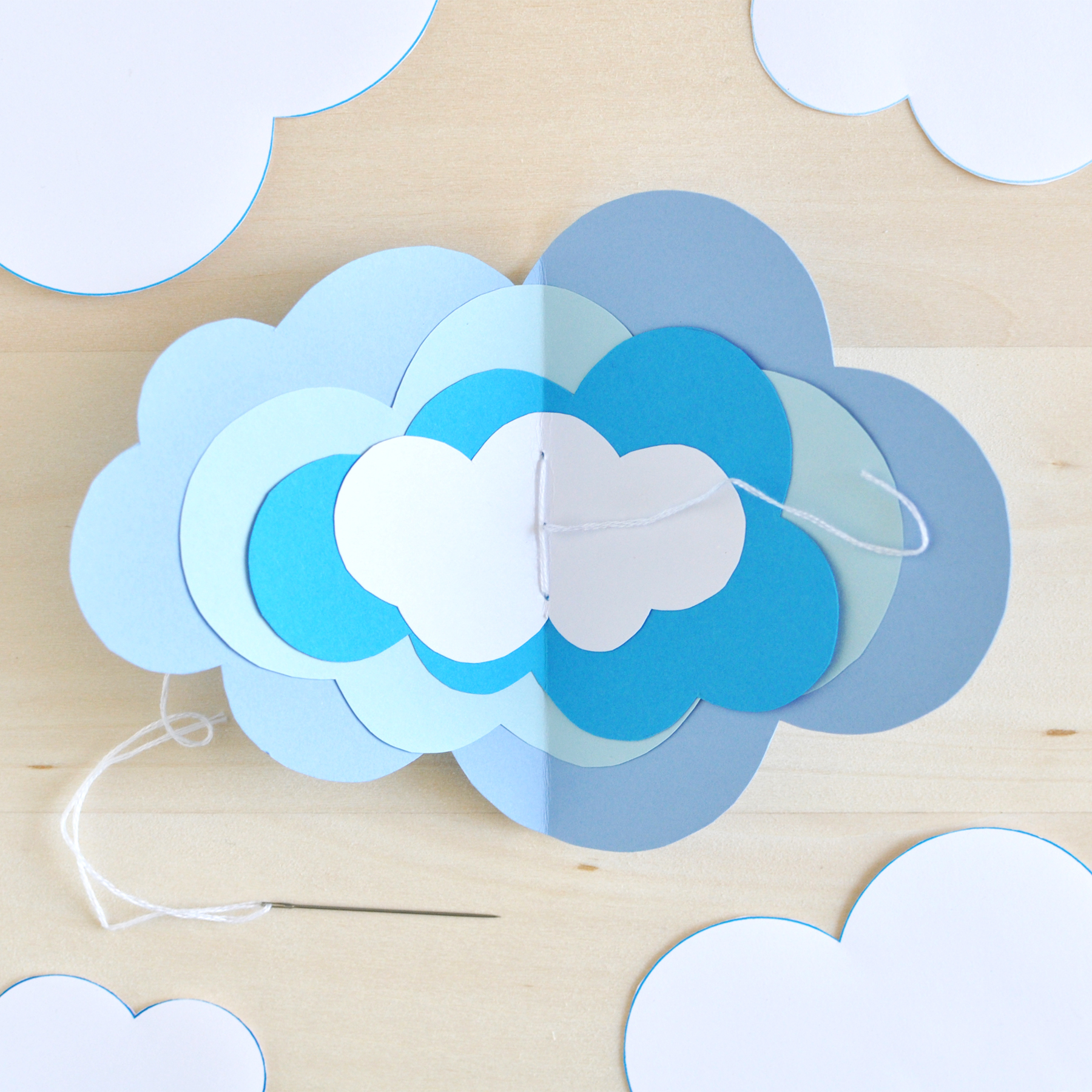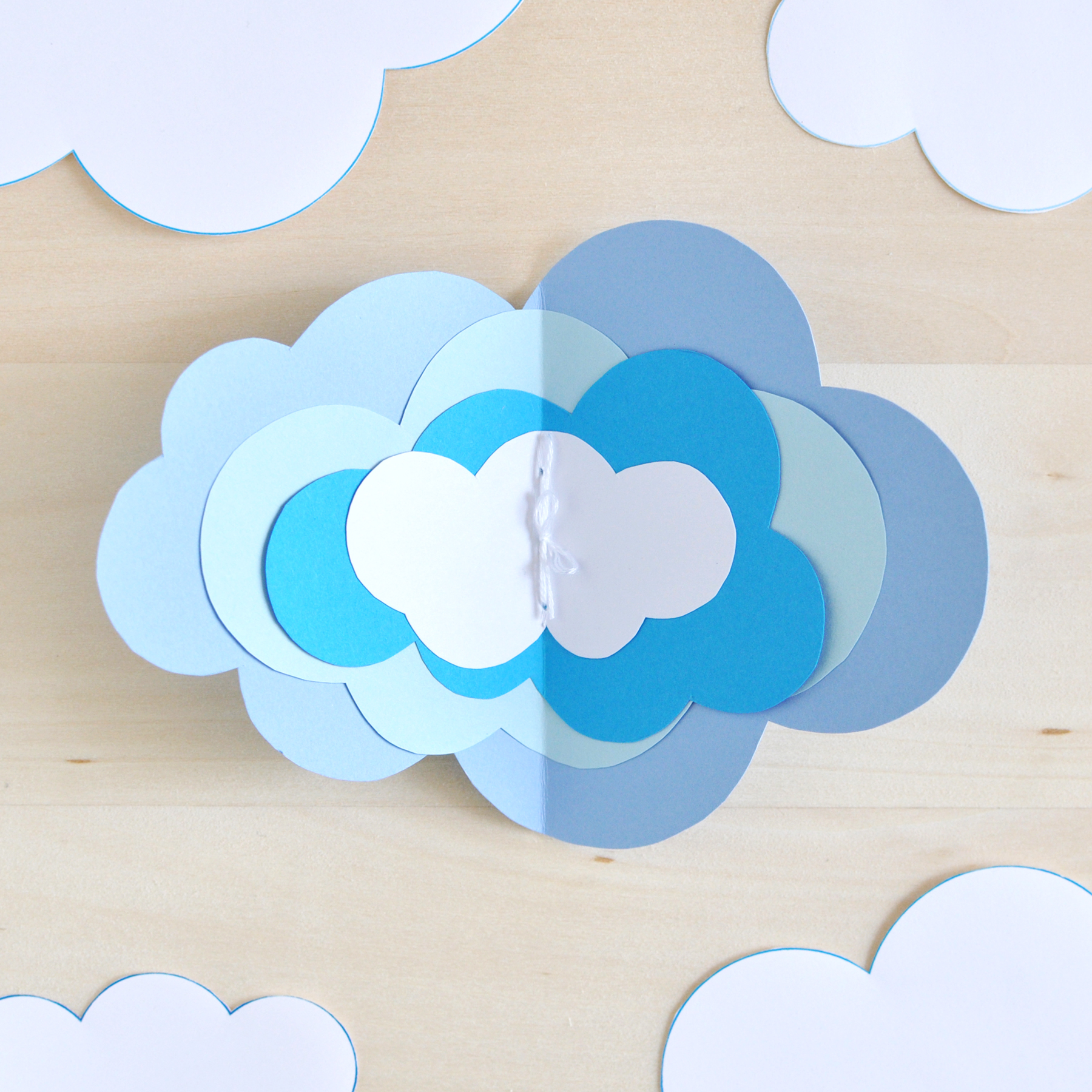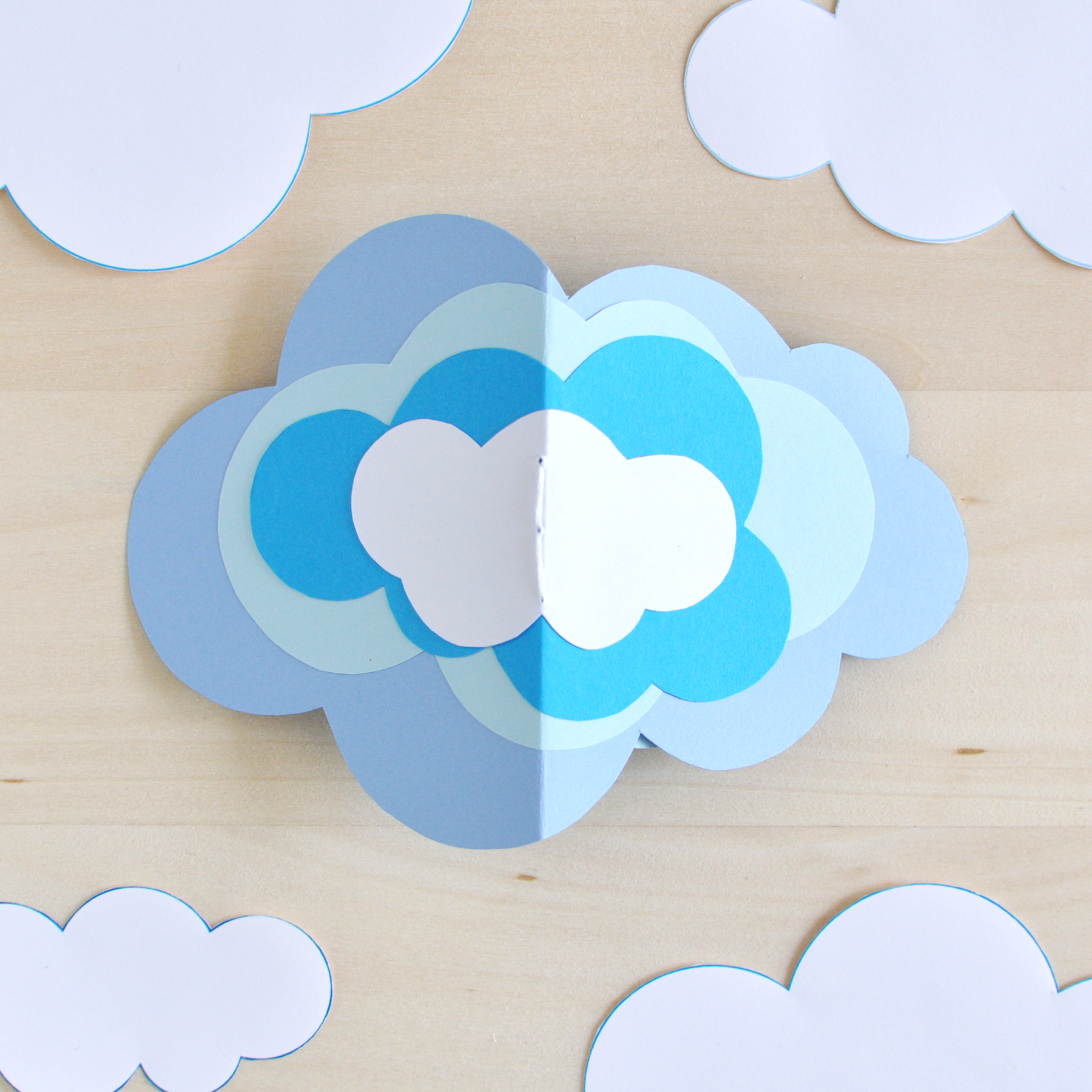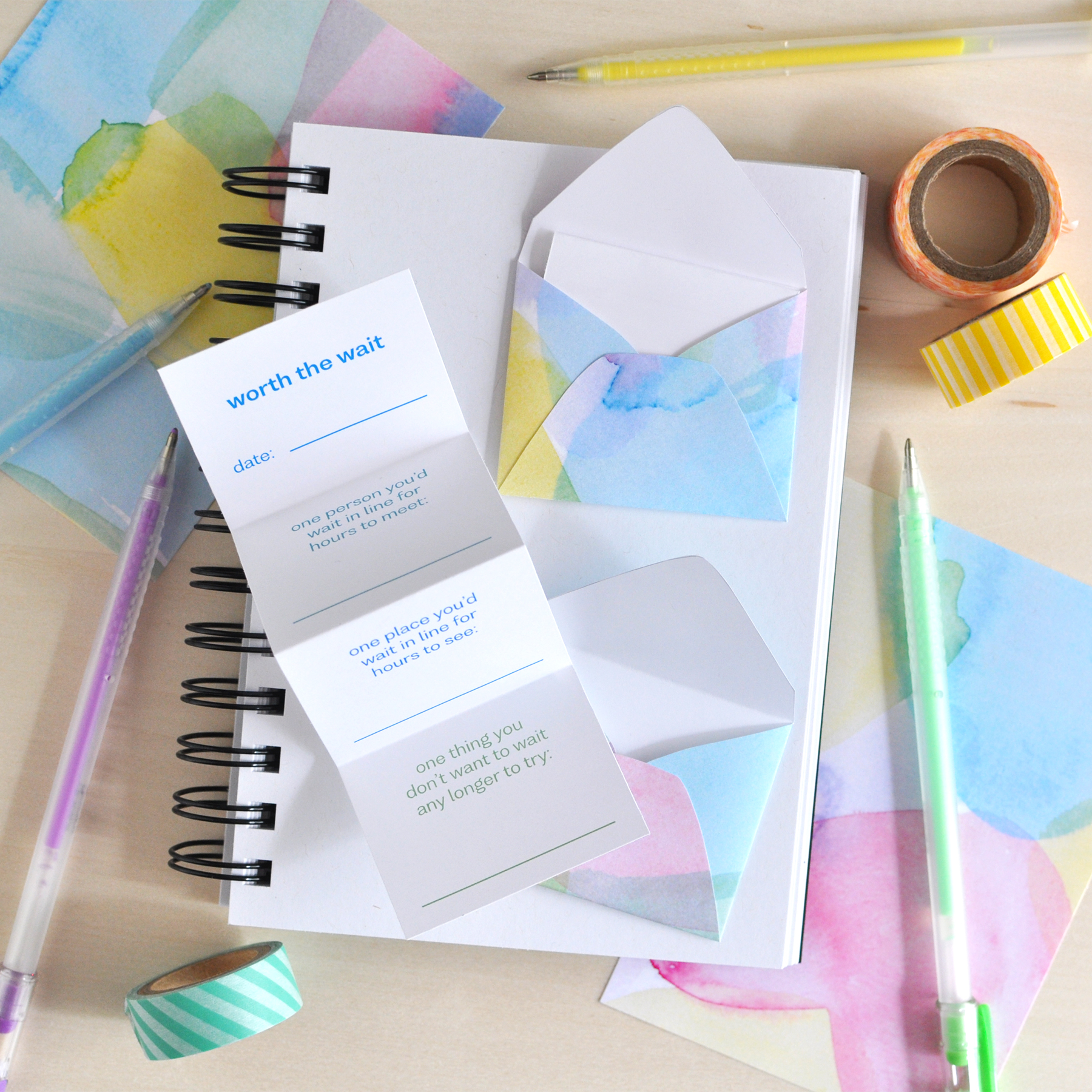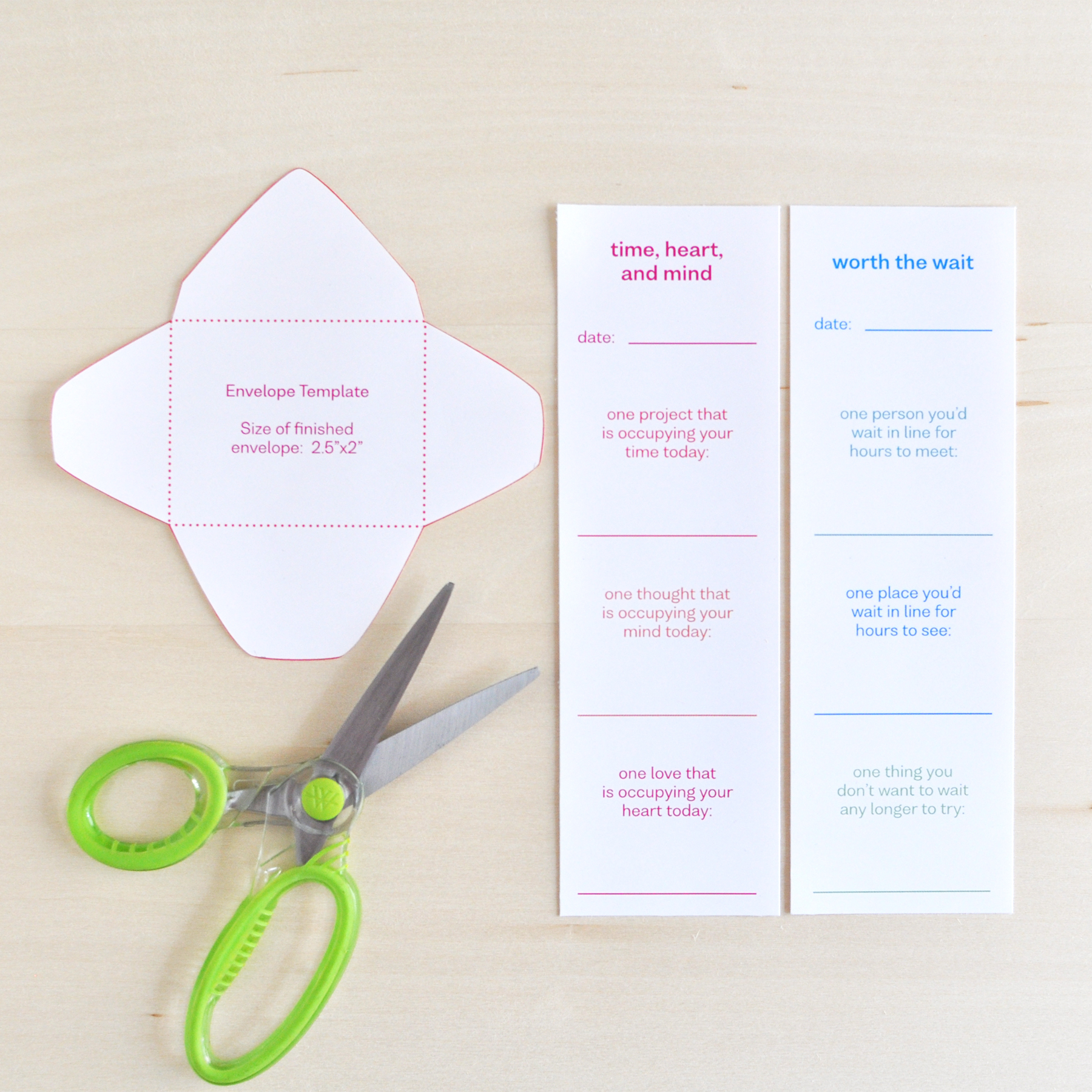This cheerful exercise brings together some of journaling’s best features:
Thinking on paper. By composing a thank you note using your journal, you can take a moment to think about someone’s generosity or kindness and what it means to you.
Memory keeping. You’ll create a record of the moment or action for which you’re thankful and that will help you remember it.
Transforming thoughts into action. This is where the power of journaling really shines through. It gives you an easy way not only to recognize your gratitude, but also to act on it.
All it takes are a few simple, specific steps.
Starting in your journal, write your responses to these five prompts:
One person you’d like to thank.
One thing you’d like to thank her or him for.
Two details to describe the thing for which you’re thankful.
One way in which it made a difference to you.
One lovely thing about the person you’re thanking.
Next, select a card or sheet of note paper and turn your prompt responses into a thank you note. Here’s one way you might write it:
Dear (1.),
Thank you so much for (2.)! I love (3.).
It means so much to (4.). You’re (5.)!
Love,
The only thing left to do is sign your name and you’re finished!
In a short sequence of thoughtful steps, you’ve documented a meaningful moment in two ways — in your journal for you to keep and in a note expressing your gratitude to send to someone who will surely be thrilled to receive it.
To make it even easier, I’ve created a new printable journal page that includes all the prompts I listed above. You can download it by clicking here or on the image above. As always, the pdf file includes four page sizes: letter, half letter, A4, and A5.
If you’d like to see more, you’ll find a variety of 10 Minute Journal Pages, free sample pages, and much more in my printables shop.








